History of the bad smell in Ipswich and what has been done
It has long been regarded as Australia’s smelliest city but what is behind the issue and what is being done? SPECIAL REPORT
QLD News
Don't miss out on the headlines from QLD News. Followed categories will be added to My News.
It’s long been used as a dumping ground but residents of southeast Queensland city Ipswich have had enough.
More than 5000 complaints have been received about locals struggling to breathe, dry retching and vomiting daily, as the city’s reputation takes another hit.
The revelations of September 2023, however, only add to Ipswich’s image as perhaps the stinkiest city in Australia.
So how did it come to this? What other smell issues have there been? And what is being done?
This is the sorry tale of Ipswich and a smell that won’t go away.
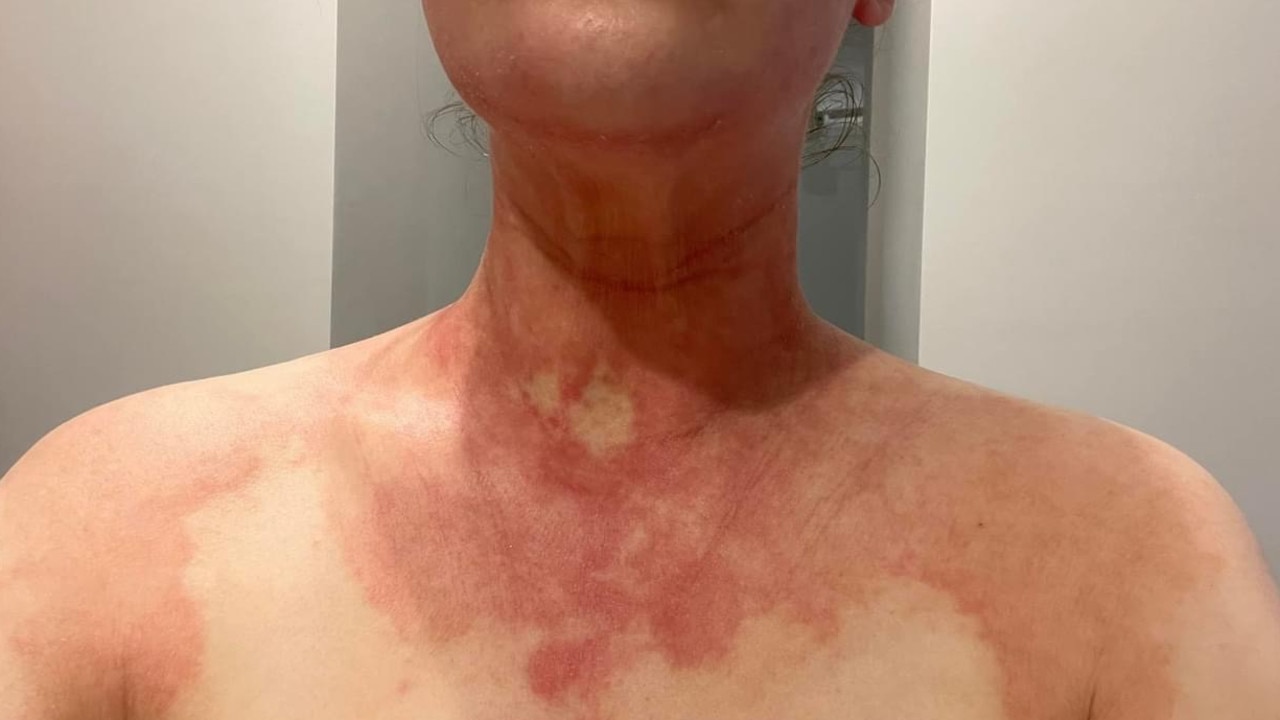
TOXIC WASTE PLAN
In April 1989 it was revealed land to the south-west of Ipswich was being considered as a dumping site for Brisbane’s hazardous waste.
The property at Willowbank was among several options considered by State Cabinet.
Another possible location was Redbank Plains.
Cabinet was told the existing dump at Willawong, near Inala, where waste chemicals also were treated, would be full by June 30.
Premier Mike Ahern at the time insisted there would be no lingering issues.
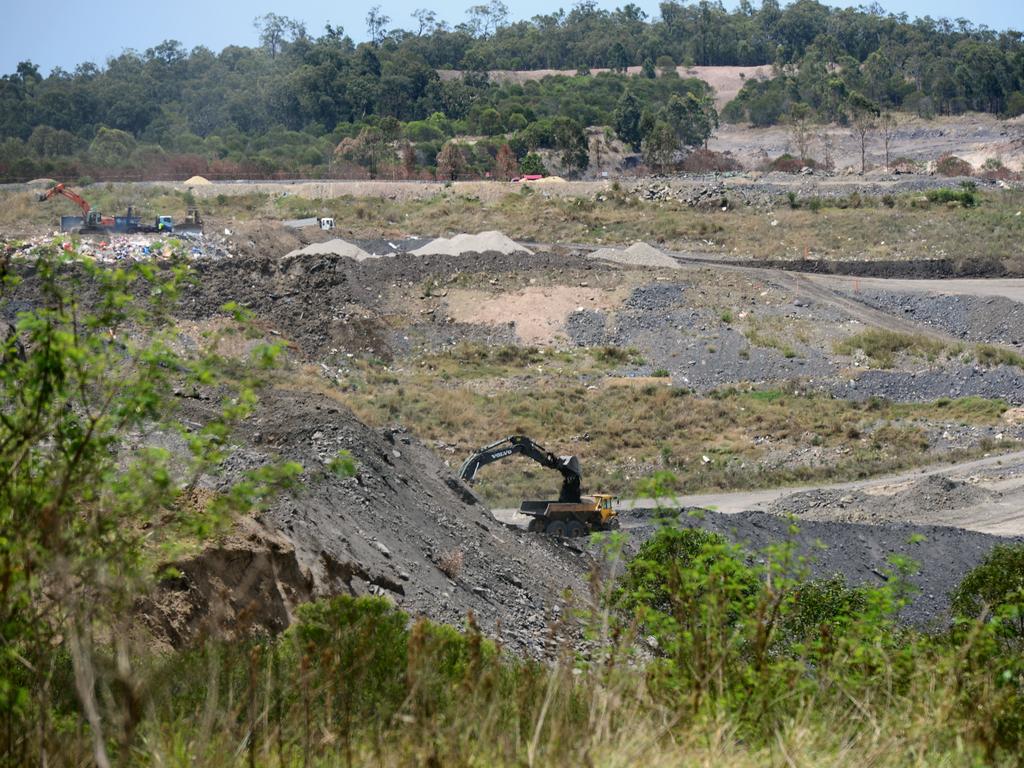
“There will be no hazard or smell associated with whatever site we settle on,’’ he said.
“ … We have to find a secure place where this stuff can be buried satisfactorily under supervision.
“Willowbank is one of the favoured sites but there has to be further drilling to ensure there is a clay base below.”
In 1982, a federal parliamentary committee found that toxic liquid wastes from Willawong were leaking into Blunder Creek, part of the Brisbane River floodplain.
The plant was upgraded 15 months later.
ABATTOIR ANGER
In August 1999 Australia’s largest meat processor was accused of breaching environmental regulations despite being given the green light to expand its operations at Ipswich.
A multimillion-dollar plan to upgrade Australian Meat Holdings’ site at Dinmore angered nearby residents who said the abattoir did not comply with the Environmental Protection Authority’s noise and odour levels.
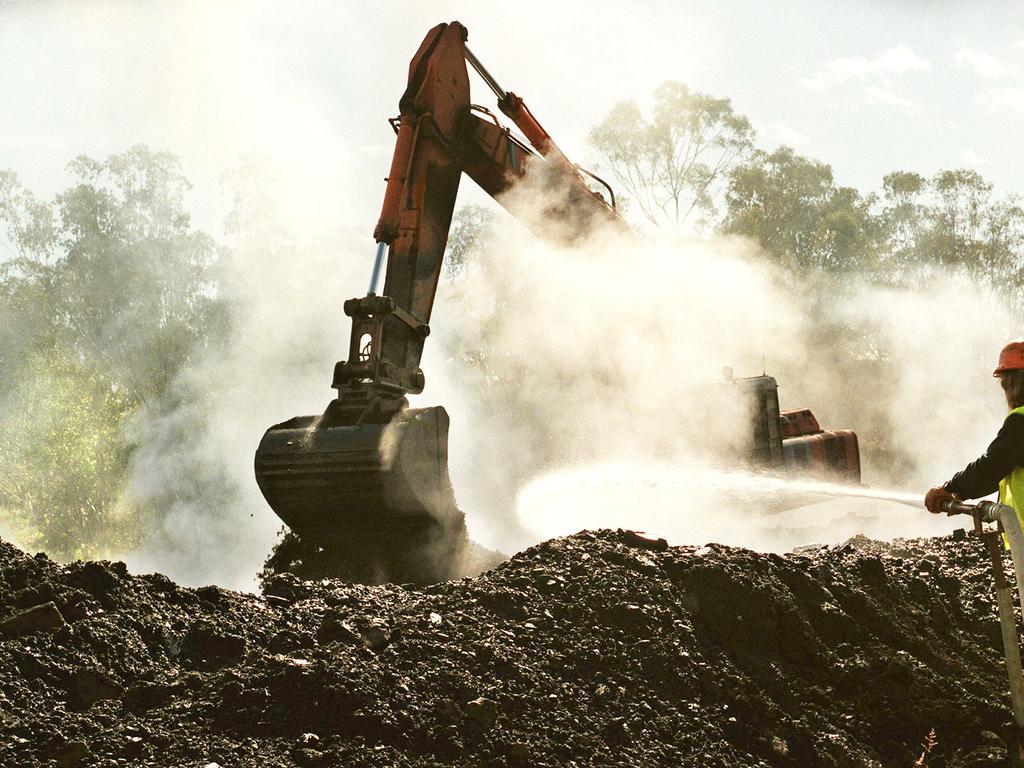
Premier Peter Beattie promoted the expansion, but Ipswich councillor Trevor Nardi said the site had difficulties complying with smell, noise and dust suppression regulations.
Cr Nardi said residents living just kilometres from the site had been forced to suffer putrid odours which emanated from the meatworks.
“There are also noise problems when cattle are unloaded from the trains at all hours of the day and night,’’ he said.
SMELL ISSUE COMES TO A HEAD
Is Ipswich Australia’s stinkiest city?
In October 2016 the issue sparked widespread anger, with colourful mayor Paul Pisasale saying he “had a gutful” of it.
The proudly pro-development Mr Pisasale issued an ultimatum to the region’s industries, who council suspected were flouting waste disposal conditions and making life hell for residents of the Queensland city’s south.
“Get rid of the smell or get out of town, it’s as simple as that,” he said.
“On the Today Show we were called the stinky city.
“We work hard to build Ipswich’s reputation and I’m not going to have that.
“I’m not an idiot, the community is not an idiot and I’m not going to tolerate it.”
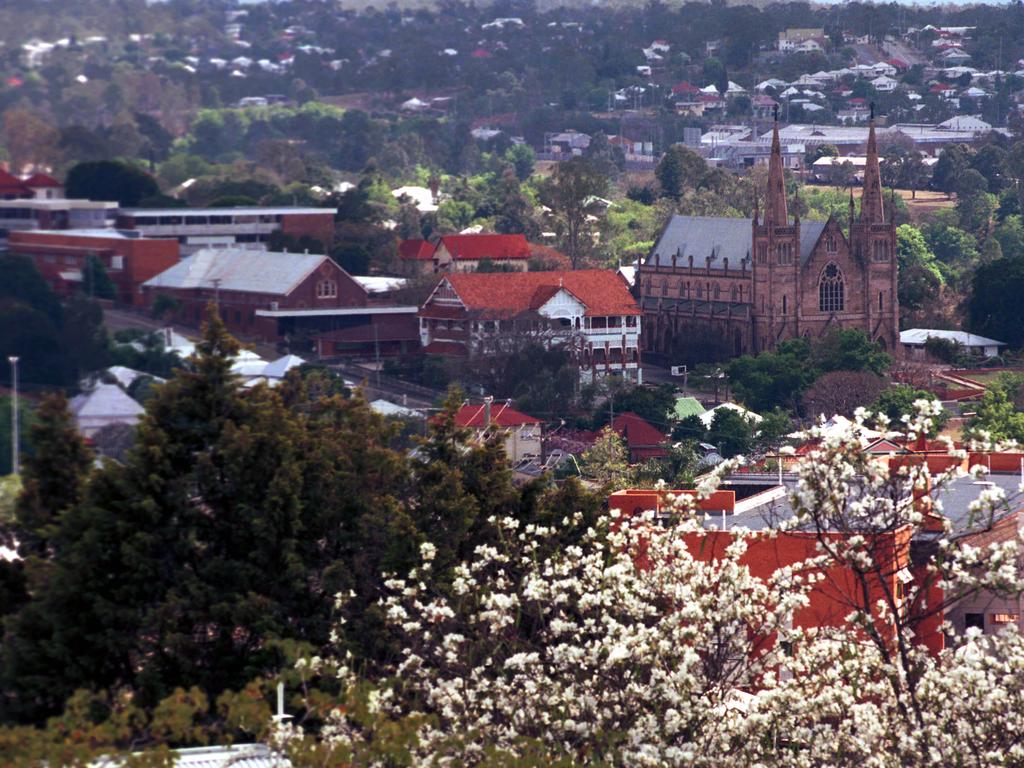
For 20 years, residents on the southern outskirts of the city had been complaining of a foul, yet apparently indefinable, stench.
No-one could pinpoint exactly where it is coming from, or what it might be.
Lifelong Raceview resident Joe Llewellyn, 85, who had been living with the odour for two decades, had a simple answer when asked at the time what exactly it smelt like.
“A pigsty, I can tell you,” he said.
“You have got to shut all the doors and windows. We don’t like letting it in the house because you can’t get rid of it.”
The culprits were believed to be a variety of waste-disposal and agricultural manufacturing companies that had flocked to set up shop on the abandoned open cut mine sites south of the city, in Swanbank.
Mr Pisasale was re-elected in 2016 on the back his pledge to get to the bottom of the problem.
“Do the right thing by the community, fulfil your conditions or get out,” he said.
“We have just done an audit and were trying to determine where the smell was coming from and we have realised that a lot of these people haven’t fulfilled their (development approval) conditions.”
WASTE ISSUE ADDS TO ANGER
In December 2017 it was revealed the amount of waste being transported into Queensland from NSW has almost doubled in one year – and Ipswich was copping it the worst.
Alarming figures released by the NSW Environment Protection Authority at a state parliamentary inquiry highlighted the scale of the ongoing dumping scandal.
The amount of waste crossing the border had soared from 430,000 tonnes in 2016 to 830,000.
Much of it ended up in landfills in the Ipswich area, prompting concerns from local residents about the smell and possible health dangers.
TIME FOR ACTION
In July 2018 the State Government assembled an elite, highly trained multimillion-dollar taskforce of 10 to sniff out the source of the serious stink in Ipswich.
The Palaszczuk Goverment at the time announced the creation of The Odour Abatement Taskforce, which would spend the next year hunting down and dealing with “nuisance odours” in the region.
Environment Minister Leeanne Enoch said $2.5 million would be spent on the project, which was sparked by significant community concern about foul smells in the area.
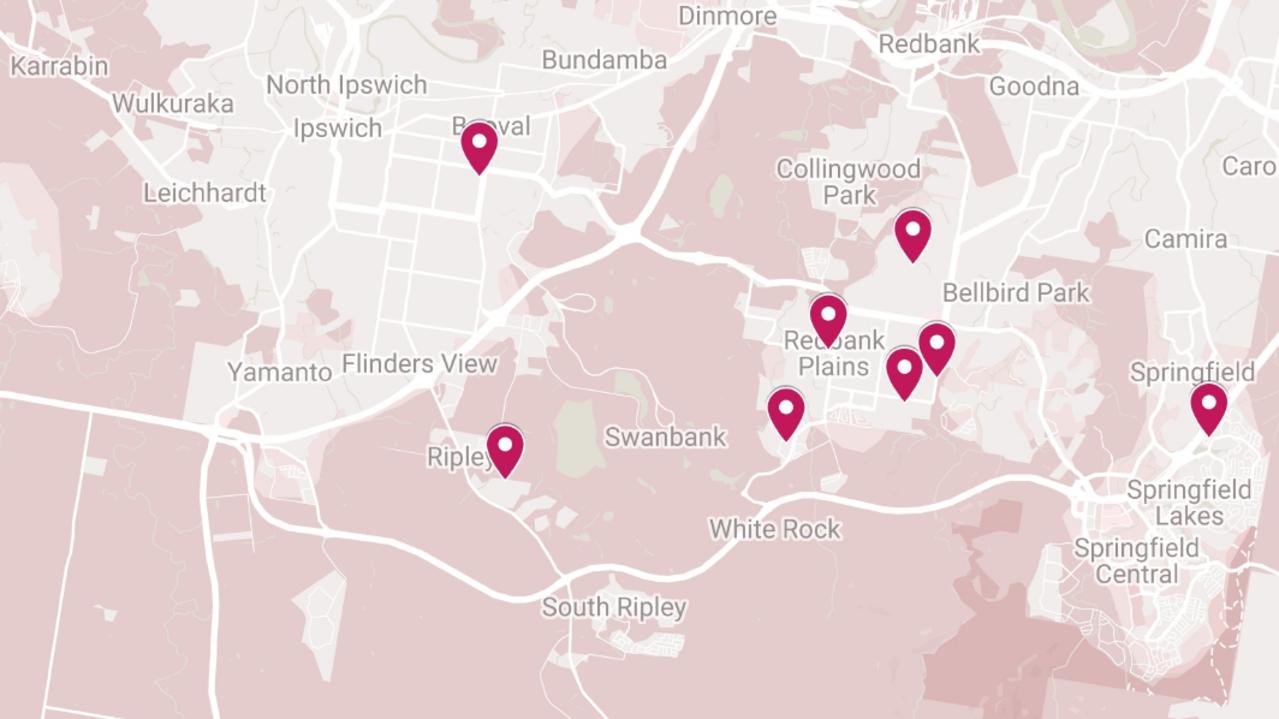
A new office opened at Redbank Plains where the team of specialist environmental officers were based.
Team leader and compliance manager Dave Darvall said his team’s goal was to experience the same smells as Ipswich residents, in real time, over 12 months.
“If somebody has an odour complaint, it’s best if that complaint comes to us quickly,” Mr Darvall said.
“The best way to manage odour is to be out there, smelling what the community is smelling.”
“ … We’re not particularly interested in masking the smell, we’re here to get to the source.”
Ipswich MP Jennifer Howard said the Department of Environment and science had received 302 reports of odour from 167 people alleging bad smells from landfill and waste recycling facilities in the Swanbank industrial area in the previous year.
NEW MAYOR, SAME CHALLENGE
Queensland had dumped on Ipswich for long enough.
So said livewire mayor Teresa Harding in August 2020, who launched a crusade to force the State Government to clean up its act.
She tabled an emergency mayoral minute at the previous council meeting to establish a taskforce to “fight for our right to safe, odour-free, liveable communities”.
Disgusting smells from some of the seven major dumps or landfill operations in the Ipswich local government area had frequently made life unbearable in some communities, said Geoff Yarham of IRATE, the Ipswich Residents Against Toxic Environments group.
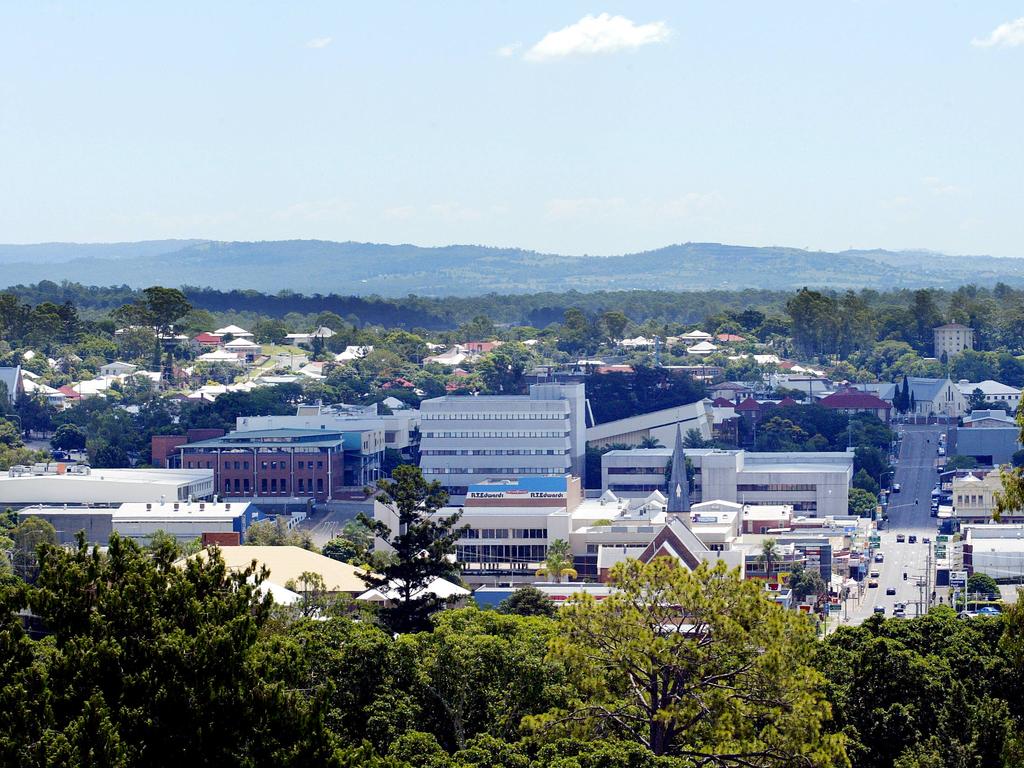
What does it smell like?
“Rotting prawn heads or dirty nappies,” he said.
Then there is the smell of decaying green waste.
It was reported at the time that Ipswich received 58 per cent of all waste collected in Queensland.
Ipswich also processed 73 per cent of all waste collected in southeast Queensland. Much of it ends up festering in “super dumps” in abandoned coal mines.
“The State Government needs to monitor and regulate the waste industry more effectively,” Harding said.
“It is costing council, and therefore the ratepayer, millions to defend our community’s right to live in safe, odour-free neighbourhoods.”
STINK OVER WASTE CENTRE
Desperate locals in April 2022 rallied to shut down a nearby waste centre after the eye-watering stench, which had terrorised Ipswich for more than a decade, became the worst it’s ever been.
Since 2011, locals had struggled with a strong odour coming from the New Chum landfill site, but they made a new claim that the Cleanaway owned and operated waste service was “out of control” with the stench resembling “burnt soiled nappies”.
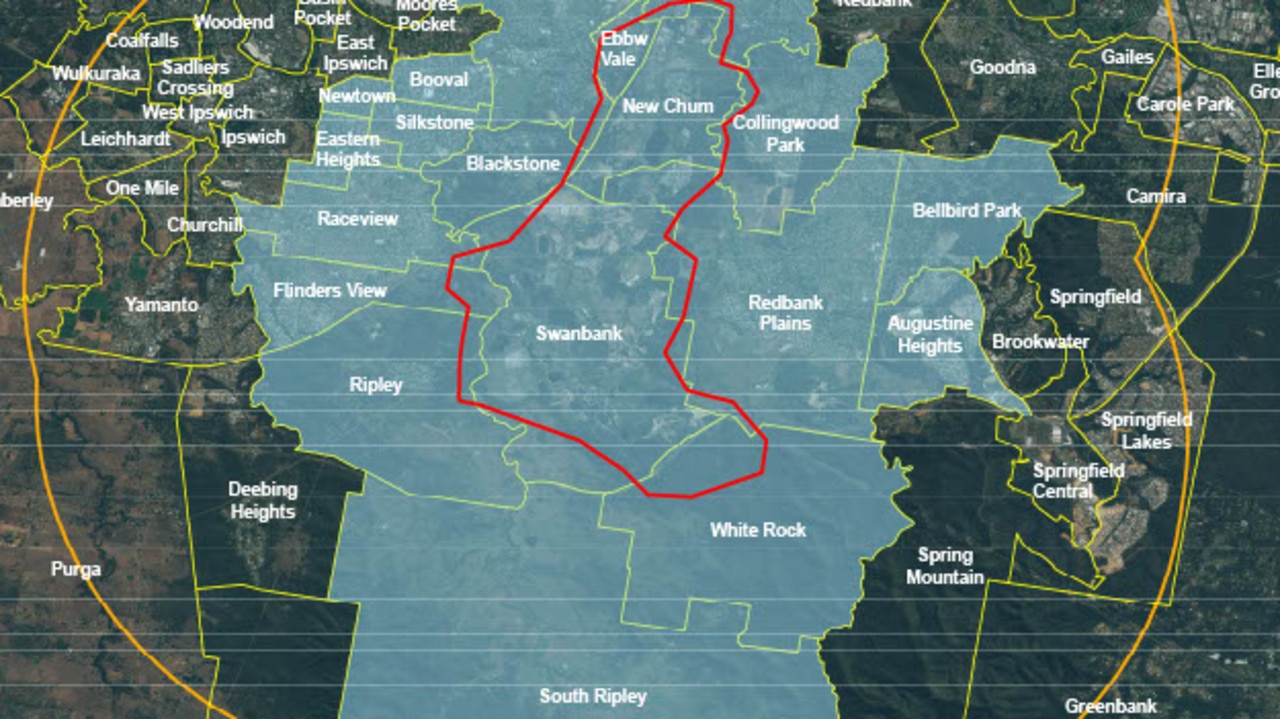
The waste company had been pumping leachate out of the base of the waste pile in an attempt to fix the issue, but residents said it’s made it completely intolerable, forcing more than a thousand people to form the Facebook group, Stop The Stink, in protest.
Co-founder of the group, Jim Dodrill, said the smell was a public and environmental nuisance that was now impacting most of Ipswich with people unable to leave their windows open, while others are struggling to sleep.
“There’s an acidic nature to the air, it’s eye-watering. There’s that chemical stench component to it, like burnt soiled disposable nappies,” he said.
Mr Dodrill said the stench from the dump, which is one of the largest in the southern hemisphere, was more noticeable when people were stuck at home during the floods and lockdowns.
SERIOUS HEALTH CONCERNS
In September 2023 it was reported that more than 5000 complaints have been made about odours in Brisbane’s west leaving residents struggling to breathe, dry retching and vomiting daily.
Alarmingly, according to the Australian Cancer Atlas, residents in adjacent areas are diagnosed with lung cancer at rates 47 per cent above the Australian average.
Locals in the area, which is situated behind multiple composting and landfill facilities, say they are fed up and terrified about the consequences of the odours they have been exposed to.
Depending on the direction and strength of the wind, those living in Ipswich are exposed to unpleasant odours which range in description from something similar to rotten eggs, sewage and fertiliser.
Originally published as History of the bad smell in Ipswich and what has been done






